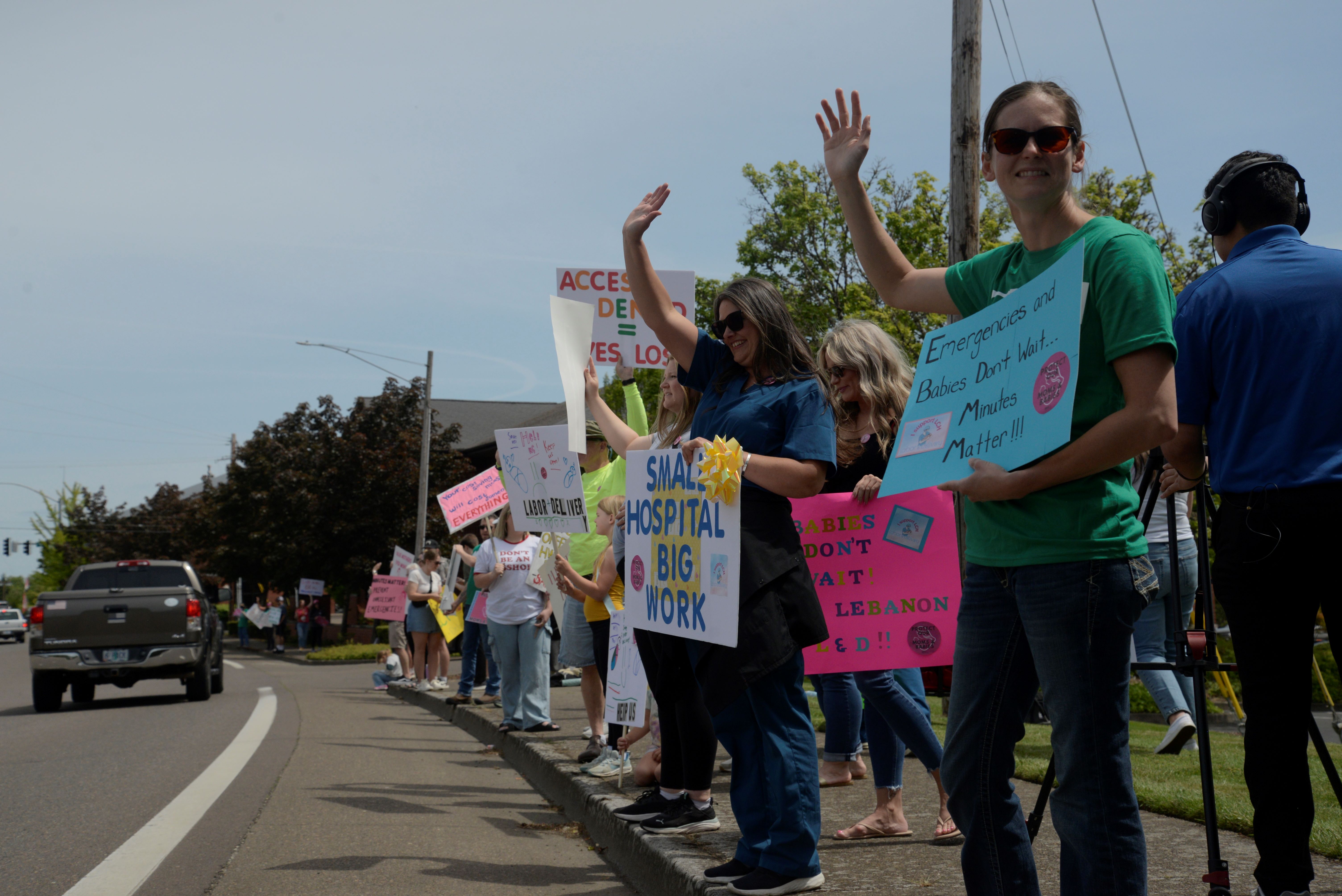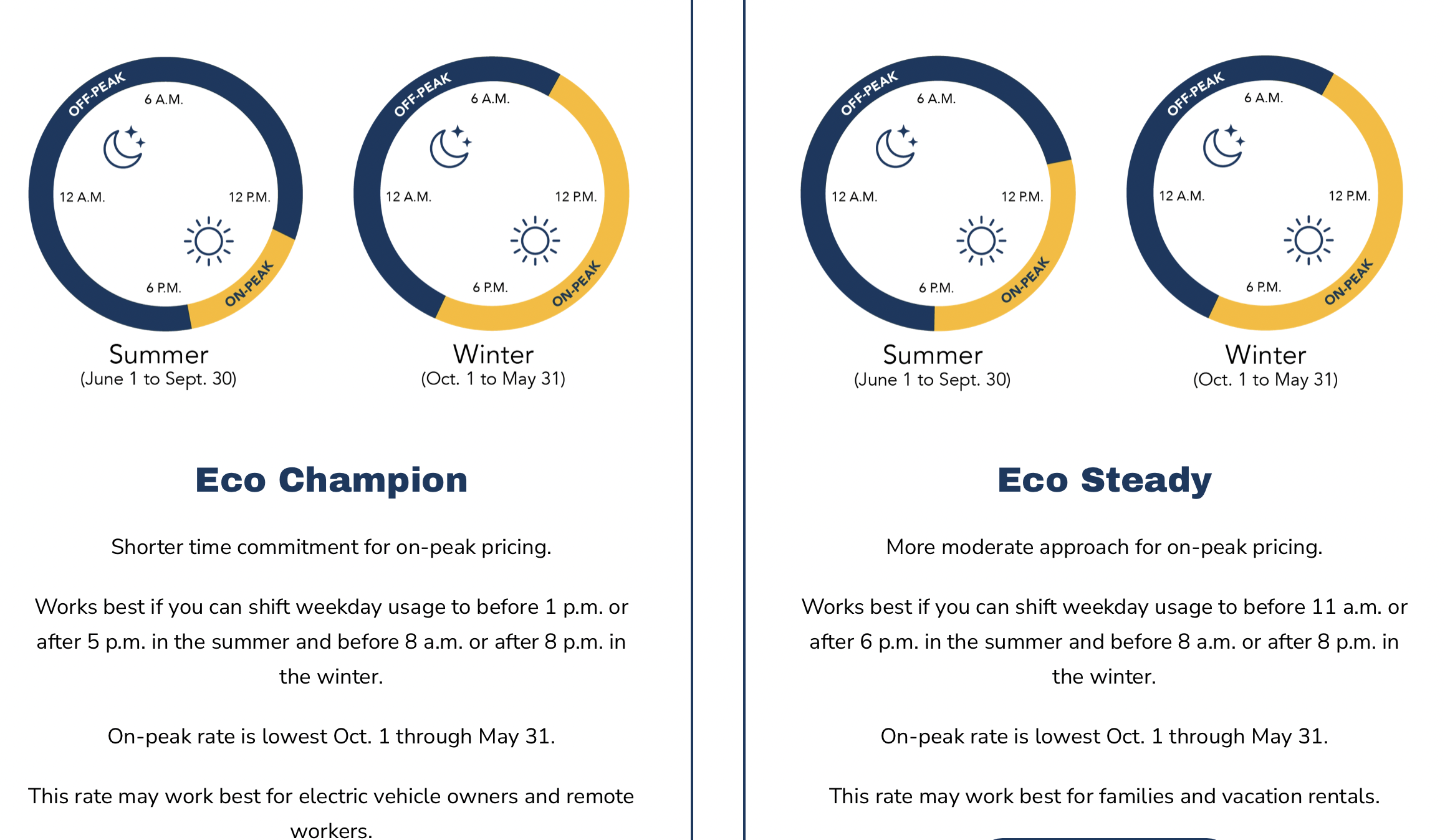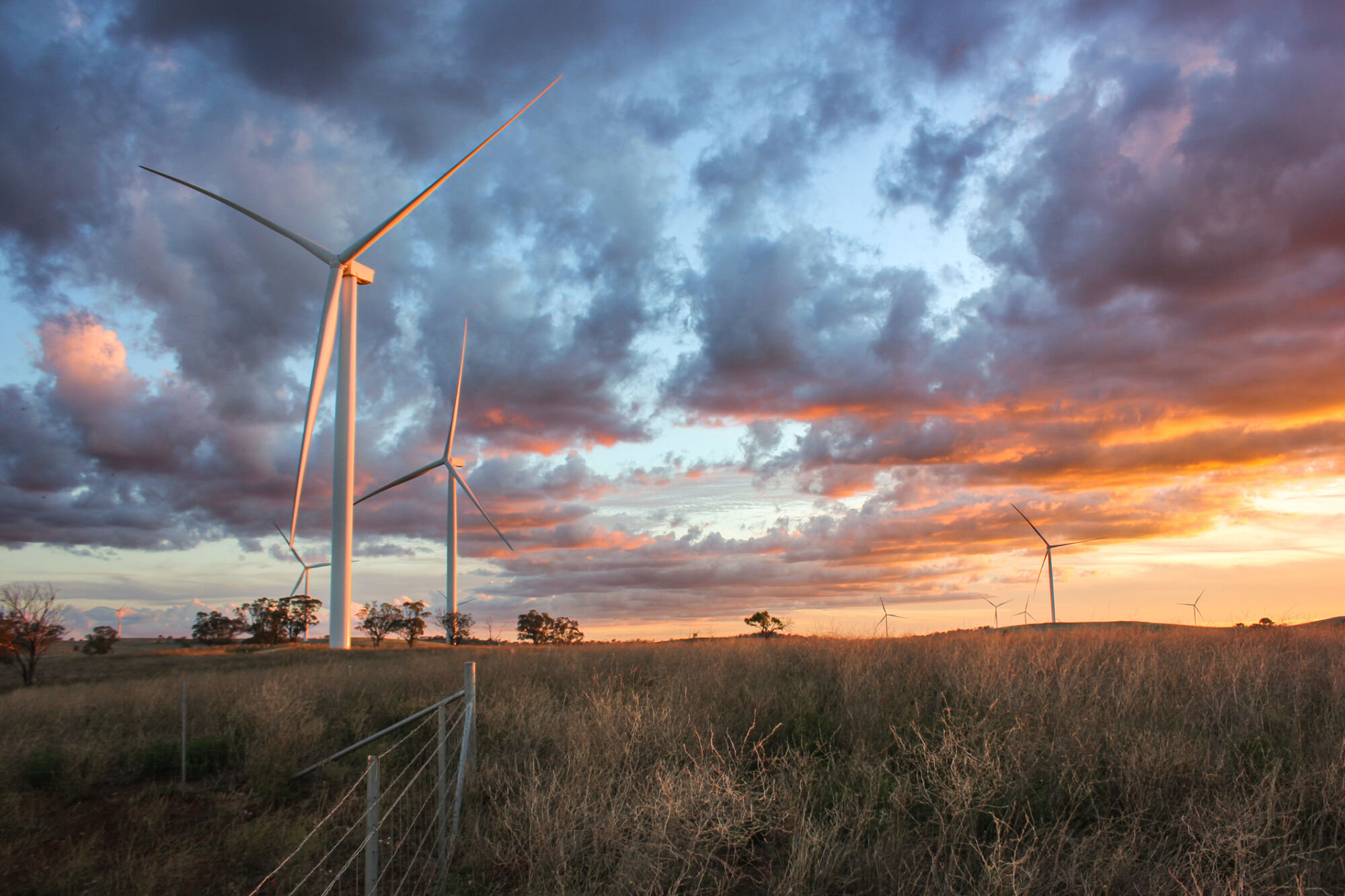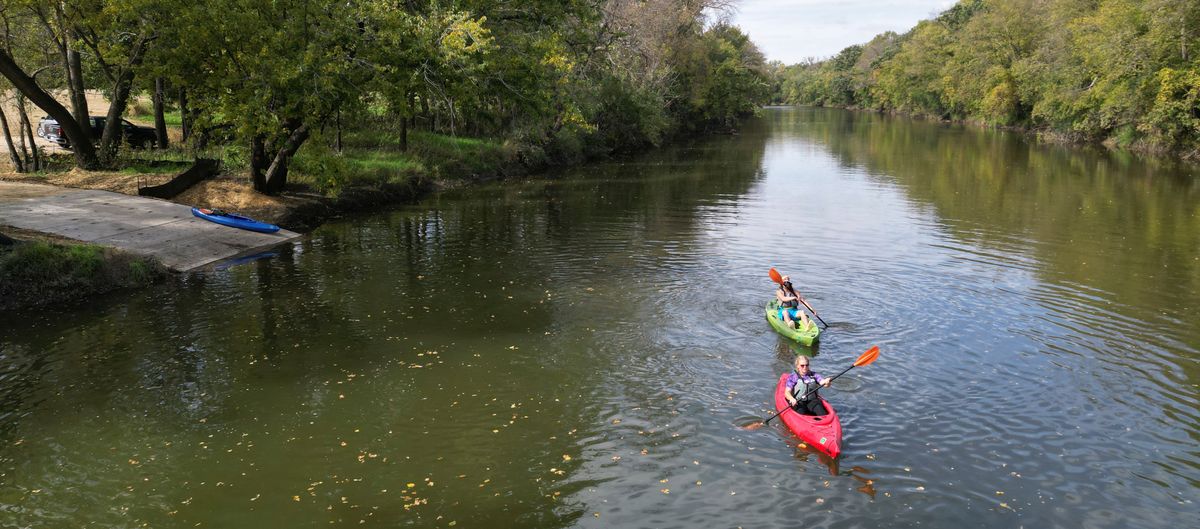Salem prepares to declare emergency over drinking water supply ahead of Detroit Lake drawdown – KGW

Report on the 2026 Detroit Lake Drawdown and its Implications for Sustainable Development Goals
Executive Summary
A planned deep drawdown of the Detroit Lake reservoir in 2026, mandated to support aquatic ecosystems, poses a direct threat to the municipal water supply for the city of Salem, Oregon. This situation creates a significant conflict between critical Sustainable Development Goals (SDGs), primarily pitting SDG 6 (Clean Water and Sanitation) against SDG 14 (Life Below Water). The city’s response, including a proposed state of emergency, highlights challenges related to SDG 11 (Sustainable Cities and Communities) and underscores the need for integrated governance as outlined in SDG 16 (Peace, Justice, and Strong Institutions) and SDG 17 (Partnerships for the Goals).
Analysis of Impacts on Sustainable Development Goals
SDG 6: Clean Water and Sanitation
The primary and most immediate impact of the reservoir drawdown is on the provision of safe and reliable drinking water, a cornerstone of SDG 6.
- Threat to Water Quality (Target 6.1 & 6.3): The drawdown will stir up decades of accumulated sediment, causing extreme turbidity in the North Santiam River. This will overwhelm the “slow sand” filtration systems at Salem’s primary treatment plant, compromising the city’s ability to provide safe drinking water to its 200,000 ratepayers.
- Infrastructure Insufficiency and Resilience (Target 6.1): The city’s existing alternative water sources are inadequate to meet public demand during the disruption.
- Daily water demand: Approximately 24-25 million gallons.
- Combined capacity of alternative sources: 22 million gallons per day.
- Alternative sources include: groundwater wells, an Aquifer Storage and Recovery system, and emergency supplies from the city of Keizer.
- Water Resource Management (Target 6.5): The crisis exposes a lack of integrated water resources management that can balance ecological needs with human consumption requirements.
SDG 14: Life Below Water & SDG 15: Life on Land
The drawdown is a direct intervention intended to support freshwater ecosystems, aligning with the objectives of SDG 14 and SDG 15 but creating unintended consequences for human settlements.
- Ecosystem Restoration (Target 14.2 & 15.1): The National Marine Fisheries Service ordered the drawdown to improve downstream passage for salmon populations, a key measure to restore the health of the freshwater ecosystem.
- Unprecedented Intervention: The drawdown will lower Detroit Lake to 1,395 feet, its lowest level since 1953. This process will be repeated annually for at least three years to study the impact on salmon migration.
SDG 11: Sustainable Cities and Communities
The impending water shortage tests the resilience of Salem’s urban infrastructure and its capacity to provide basic services, a key focus of SDG 11.
- Vulnerability of Basic Services (Target 11.1 & 11.5): The event reveals the vulnerability of the city’s water system. The draft resolution for a state of emergency acknowledges that the system would have “little resiliency” during the drawdown.
- Need for Resilient Infrastructure: The emergency declaration is intended to grant the city manager authority to expedite the procurement of new water sources, such as new wells, bypassing normal timelines that would extend past the 2026 deadline. Long-term solutions, like a new treatment plant to utilize the Willamette River, are not feasible in the short term.
SDG 16 & 17: Institutional Response and Partnerships
The situation highlights friction between government agencies and municipalities, pointing to challenges in governance and the need for stronger partnerships to achieve sustainable development.
- Institutional Conflict (Target 16.6): The mandate from a federal agency (National Marine Fisheries Service) and its execution by the U.S. Army Corps of Engineers directly conflicts with the public service obligations of municipal governments.
- Regional Impact and Legal Action: The issue is not isolated to Salem.
- The city of Stayton has formally requested that the Army Corps of Engineers reconsider the plan.
- The cities of Sweet Home and Lebanon filed a $37 million lawsuit against the Army Corps of Engineers following a similar drawdown of the Green Peter Reservoir in 2023, citing damage to their water treatment systems.
- Need for Policy Coherence (Target 17.14): This case demonstrates a critical need for policy coherence and multi-stakeholder partnerships to navigate the complex trade-offs between environmental protection and human well-being.
Analysis of Sustainable Development Goals (SDGs) in the Article
1. Which SDGs are addressed or connected to the issues highlighted in the article?
-
SDG 6: Clean Water and Sanitation
This is the most prominent SDG in the article. The core issue is the threat to the city of Salem’s drinking water supply due to increased turbidity from the Detroit Lake drawdown. The article details the city’s struggle to ensure a continuous and safe water supply for its residents, the limitations of its current water treatment and alternative sources, and the emergency measures being taken to secure water infrastructure.
-
SDG 14: Life Below Water
The article explicitly states that the reservoir drawdown was ordered “to try to improve salmon migration.” Salmon are anadromous fish that are part of both freshwater and marine ecosystems. This action is a direct attempt to manage and restore a specific aquatic species, which falls under the protection of life below water.
-
SDG 15: Life on Land
This goal is relevant as it includes the protection and restoration of inland freshwater ecosystems. The North Santiam River is a freshwater ecosystem, and the drawdown is an intervention aimed at restoring its natural function of supporting salmon populations. The conflict arises from balancing the needs of this ecosystem with human needs.
-
SDG 11: Sustainable Cities and Communities
The article focuses on the city of Salem’s vulnerability and resilience. A potential failure of the water system for 200,000 people constitutes a water-related disaster. The city’s declaration of a “state of emergency” to fast-track infrastructure projects is a direct measure to make the city’s water system more resilient and reduce the risk of disaster for its inhabitants.
2. What specific targets under those SDGs can be identified based on the article’s content?
-
Target 6.1: By 2030, achieve universal and equitable access to safe and affordable drinking water for all.
- The article highlights a direct threat to this target. The planned drawdown will increase turbidity “beyond what Salem’s primary water treatment plant can handle,” jeopardizing the safe water supply for “Salem’s 200,000 ratepayers.”
-
Target 6.3: By 2030, improve water quality by reducing pollution…
- The drawdown will “stir up sediment built up behind the dam and cause increased turbidity levels in the North Santiam River.” This increase in sediment constitutes a form of pollution that degrades the quality of the raw water source.
-
Target 6.5: By 2030, implement integrated water resources management at all levels…
- The situation illustrates a conflict in water resource management. The National Marine Fisheries Service ordered the drawdown for ecological reasons (salmon migration), which directly conflicts with the municipal water needs of Salem and other cities like Stayton. The lawsuit filed by Sweet Home and Lebanon further underscores the challenges in integrated management among different stakeholders (federal agencies, multiple cities).
-
Target 11.5: By 2030, significantly reduce… the number of people affected… caused by disasters, including water-related disasters…
- The city of Salem is preparing for a potential water-related disaster. It is declaring a “state of emergency” because its alternative water sources “can only marginally meet demand,” and during the drawdown, “the system would have little resiliency.” This is a direct attempt to mitigate the impact on its population.
-
Target 14.2: …sustainably manage and protect marine and coastal ecosystems to avoid significant adverse impacts… and take action for their restoration…
- The drawdown is an action taken for the restoration of a key species. The article states it was ordered “to try to improve salmon migration” and will be studied to see “how the change impacts salmon populations.”
-
Target 15.5: Take urgent and significant action to reduce the degradation of natural habitats, halt the loss of biodiversity and… protect and prevent the extinction of threatened species.
- The effort to improve salmon migration is a significant action aimed at protecting a key species and its habitat within the North Santiam River, an inland freshwater ecosystem.
3. Are there any indicators mentioned or implied in the article that can be used to measure progress towards the identified targets?
- Water Quality: The article explicitly mentions “increased turbidity levels” as the primary problem. Turbidity is a measurable indicator of water quality.
-
Water Supply and Demand: The article provides specific quantitative data that can be used as indicators.
- Supply: “a combined 22 million gallons per day” from alternative sources.
- Demand: “Salem’s 200,000 ratepayers use about 24-25 million gallons per day.”
- The gap between these two figures is a clear indicator of water stress and lack of resilience.
- Population Affected: The article states that “Salem’s 200,000 ratepayers” are at risk, providing a direct measure of the population affected by the potential water crisis.
- Ecosystem Health/Species Restoration: The article implies an indicator for ecosystem restoration by stating that the U.S. Army Corps of Engineers will “study how the change impacts salmon populations.” The results of this study would serve as an indicator of the success of the drawdown in achieving its ecological goals.
- Economic Impact: The article mentions a “$37 million lawsuit” filed by other cities over a similar project. This monetary value serves as an indicator of the direct economic losses and damages caused by such events.
4. Table of SDGs, Targets, and Indicators
| SDGs | Targets | Indicators Identified in Article |
|---|---|---|
| SDG 6: Clean Water and Sanitation | 6.1: Achieve universal and equitable access to safe and affordable drinking water for all. | Number of people with disrupted water service (200,000 ratepayers); Functionality of the water treatment plant. |
| SDG 6: Clean Water and Sanitation | 6.3: Improve water quality by reducing pollution. | Turbidity levels in the North Santiam River. |
| SDG 6: Clean Water and Sanitation | 6.5: Implement integrated water resources management. | Existence of conflict/cooperation between stakeholders (cities, federal agencies); Lawsuits filed ($37 million claim). |
| SDG 11: Sustainable Cities and Communities | 11.5: Reduce the number of people affected by water-related disasters. | Gap between water supply (22M gallons/day) and demand (24-25M gallons/day); Declaration of a state of emergency. |
| SDG 14: Life Below Water & SDG 15: Life on Land | 14.2 / 15.5: Protect and restore ecosystems and halt biodiversity loss. | Impacts on salmon populations (to be studied); Implementation of drawdown to improve salmon migration. |
Source: kgw.com

What is Your Reaction?
 Like
0
Like
0
 Dislike
0
Dislike
0
 Love
0
Love
0
 Funny
0
Funny
0
 Angry
0
Angry
0
 Sad
0
Sad
0
 Wow
0
Wow
0












































































